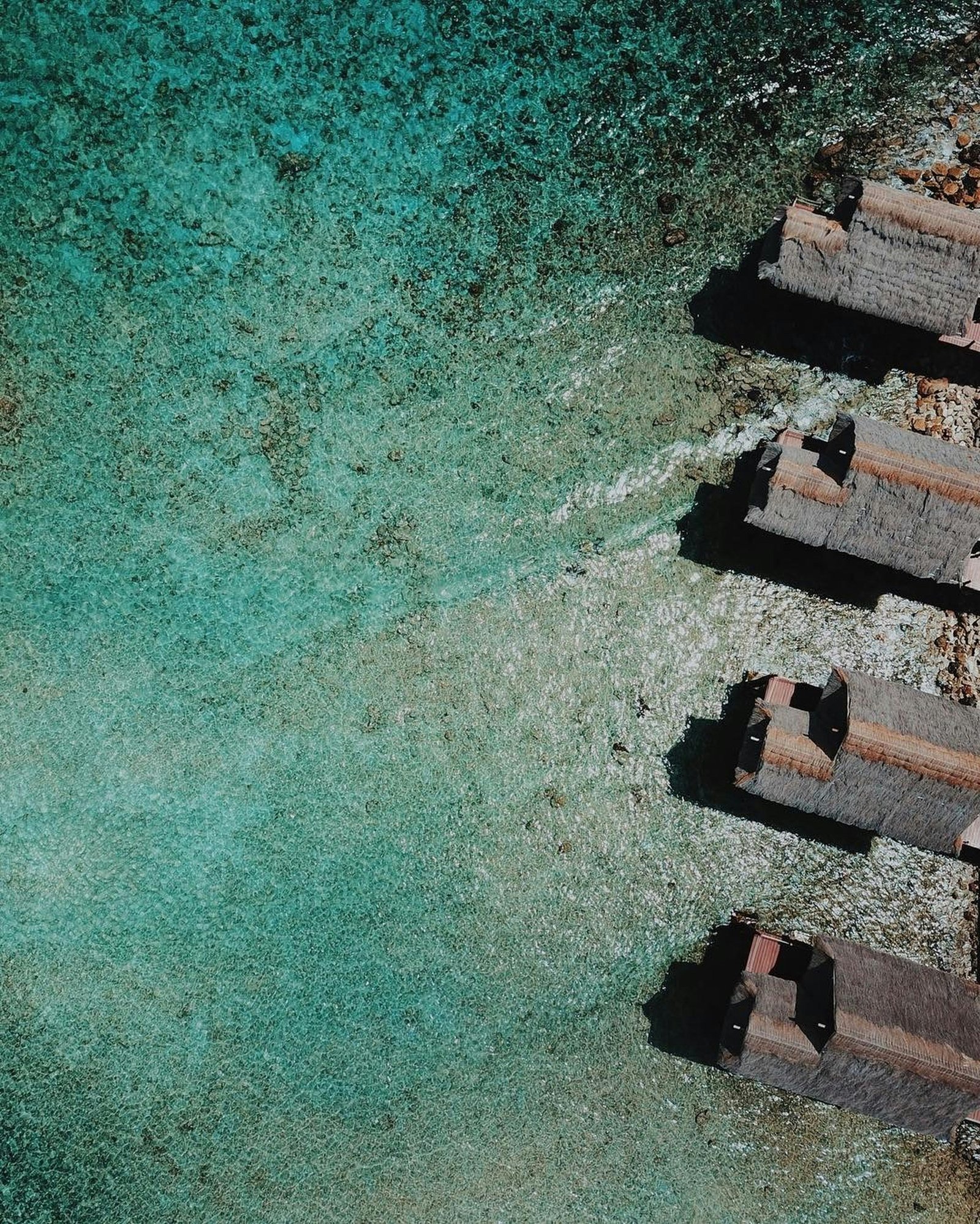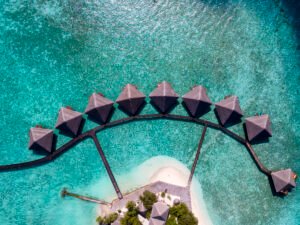Introduction to Snorkeling in the Maldives
Top Snorkeling Locations in the Maldives
The Maldives is renowned for its stunning underwater ecosystems, making it a premier destination for snorkeling enthusiasts. Among the myriad of snorkeling spots, a few standout locations offer exceptional experiences, showcasing the vibrant marine life and breathtaking coral formations that the Indian Ocean has to offer.
One of the most notable spots is Hanafaru Bay, located in the Baa Atoll, a UNESCO Biosphere Reserve. This location is particularly famous for its seasonal gatherings of manta rays and whale sharks, offering snorkelers the chance to witness these magnificent creatures up close. The bay is accessible via guided boat tours, which typically offer a more immersive experience and knowledgeable trainers who can provide insight into the local marine environment. Expect to see colorful coral gardens, schools of reef fish, and, during the right time of year, large aquatic animals feeding gracefully in the waters.
Another prime snorkeling destination is Banana Reef, recognized for its stunning rock formations and diverse marine life. Situated near the North Male Atoll, this site is known for its strong currents, making it ideal for experienced snorkelers. However, beginners can still enjoy the vibrant coral and plentiful marine species close to the beach. Sightings of species such as Napoleon wrasse, various butterflyfish, and even the elusive reef sharks are common here. Reachability is fairly convenient, with numerous resorts offering trips to this exhilarating site.
Lastly, Fish Head, located in the Rasdhoo Atoll, is another must-visit snorkeling location. This site is famous for its thriving fish populations and impressive coral wall, providing spectacular opportunities for both snorkeling and photography. The area can be accessed via liveaboard tours or by private boat, allowing snorkelers to revel in the diverse marine biodiversity.
These top snorkeling locations in the Maldives are not only accessible but also embody the enchanting spirit of the archipelago’s underwater world, captivating those who explore them.
Snorkeling Gear and Safety Tips
To enjoy the sensational underwater world while snorkeling in the Maldives, having the right gear is essential. The primary components of snorkeling equipment include masks, snorkels, fins, wetsuits, and eco-friendly sunscreen. A well-fitting mask is crucial as it provides a clear view of the vibrant marine life. It should create a snug seal around your face to prevent water from entering. Polycarbonate lenses, which are both durable and lightweight, are a popular choice for snorkelers. Additionally, a snorkel, which allows you to breathe while your face is submerged, must also fit correctly for optimal performance.
Fins are another integral piece of snorkeling gear, as they enhance mobility in the water. They come in various sizes and materials, and choosing a comfortable pair can significantly reduce fatigue during your snorkeling adventures. For those venturing into cooler waters or swimming for extended periods, a wetsuit is advisable. Wetsuits not only provide thermal protection but also protect your skin from potential irritants, such as coral or jellyfish. Lastly, applying eco-friendly sunscreen is vital to safeguard your skin while minimizing harm to the delicate marine ecosystem.
In addition to having the appropriate snorkeling gear, safety should always be a priority while exploring the underwater realm. It is imperative to be aware of the water conditions and avoid strong currents, which can pose significant dangers. Before snorkeling, familiarize yourself with the environment, and if conditions seem unsafe, consider rescheduling your trip. Respecting marine life is equally important; do not touch or disturb creatures, and always maintain a safe distance from coral reefs to prevent damaging them. Additionally, adhere to local environmental guidelines, which often include not collecting marine souvenirs. By following these safety tips, you can ensure a productive and safe snorkeling experience while preserving the beauty of the Maldives’ underwater world.
Conservation and Responsible Snorkeling Practices
The Maldives, renowned for its breathtaking underwater landscapes, hosts an array of marine life that is both vibrant and fragile. As snorkeling enthusiasts immerse themselves in these crystal-clear waters, it becomes imperative to recognize the impact of tourism on this delicate ecosystem. The increasing number of snorkelers can inadvertently contribute to coral damage, disturbances to wildlife, and pollution. Thus, understanding the importance of ocean conservation and the role snorkelers play is vital for the sustainability of the Maldives’ underwater treasures.
To engage in responsible snorkeling, it is essential to adhere to guidelines that minimize ecological footprints. Firstly, snorkelers should avoid touching or standing on coral reefs, as this can result in irreversible damage to these living structures. It is also advisable to maintain a respectful distance from marine life; feeding or chasing wildlife can disrupt their natural behavior and habitat. Additionally, using biodegradable sunscreen can help protect marine ecosystems from harmful chemicals, ensuring a healthier oceanic environment.
Participating in local conservation initiatives is another effective way to contribute positively to the marine ecosystem while enjoying snorkeling experiences. Many organizations in the Maldives focus on preserving coral reefs and marine habitats, offering opportunities for snorkelers to engage in coral planting or beach clean-ups. Supporting eco-friendly tour operators who prioritize sustainable practices allows snorkelers to enjoy their experience while also safeguarding the marine environment for future generations.
In conclusion, by adopting responsible snorkeling practices and actively contributing to conservation efforts, snorkelers can help protect the Maldives’ marine life. These efforts not only enhance the snorkeling experience but also ensure the lasting vibrancy of this spectacular underwater world, fostering a more harmonious relationship between humans and nature.





